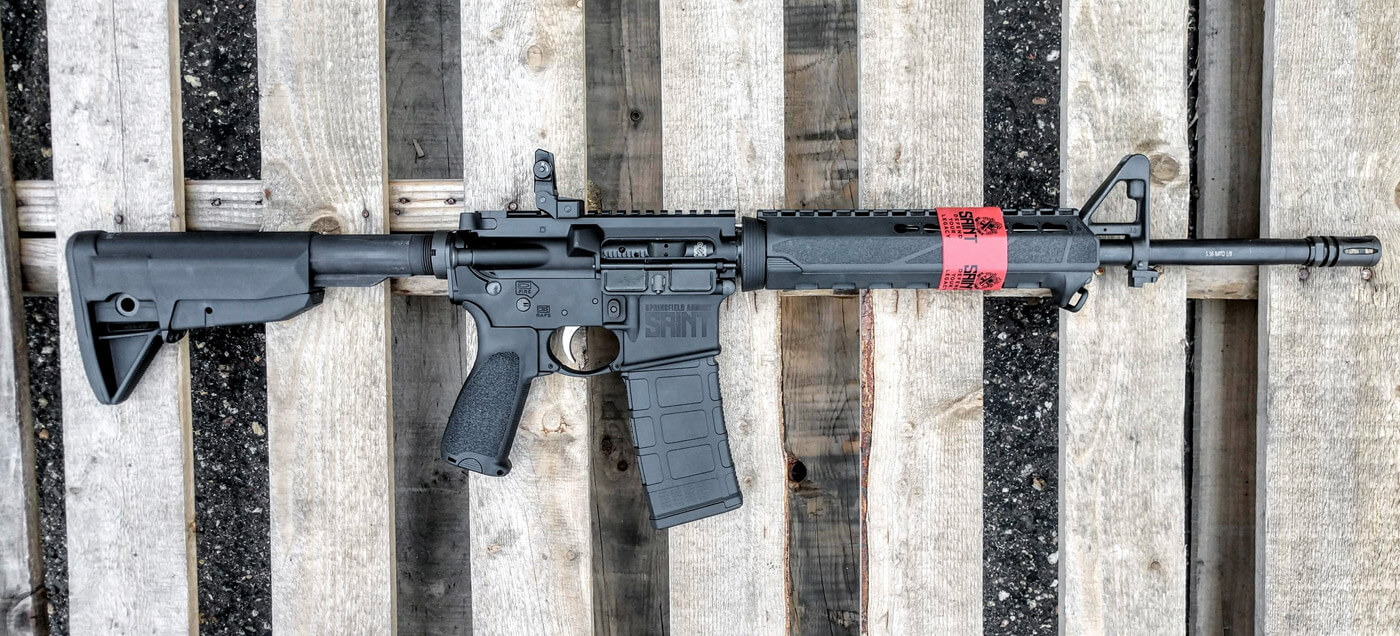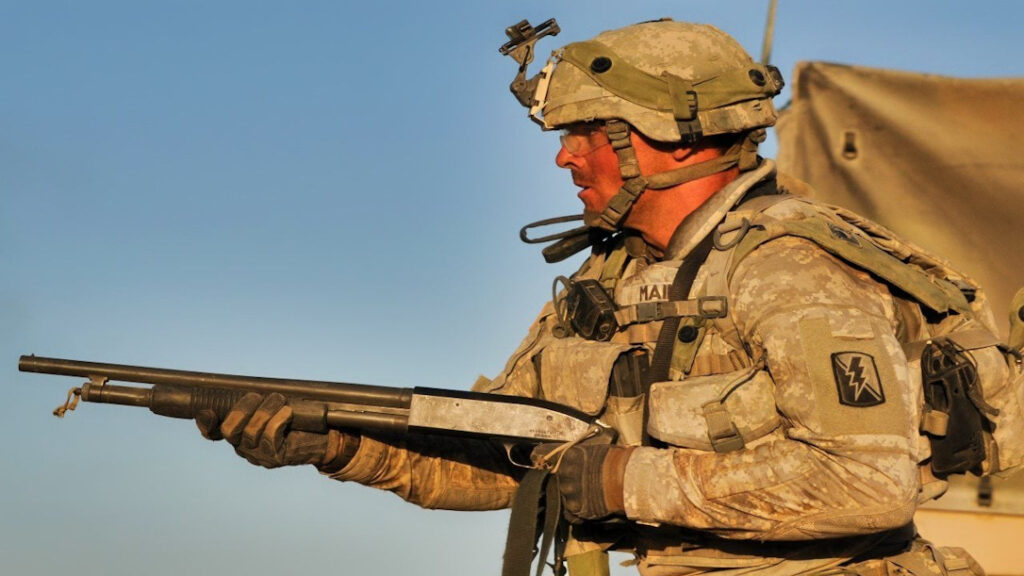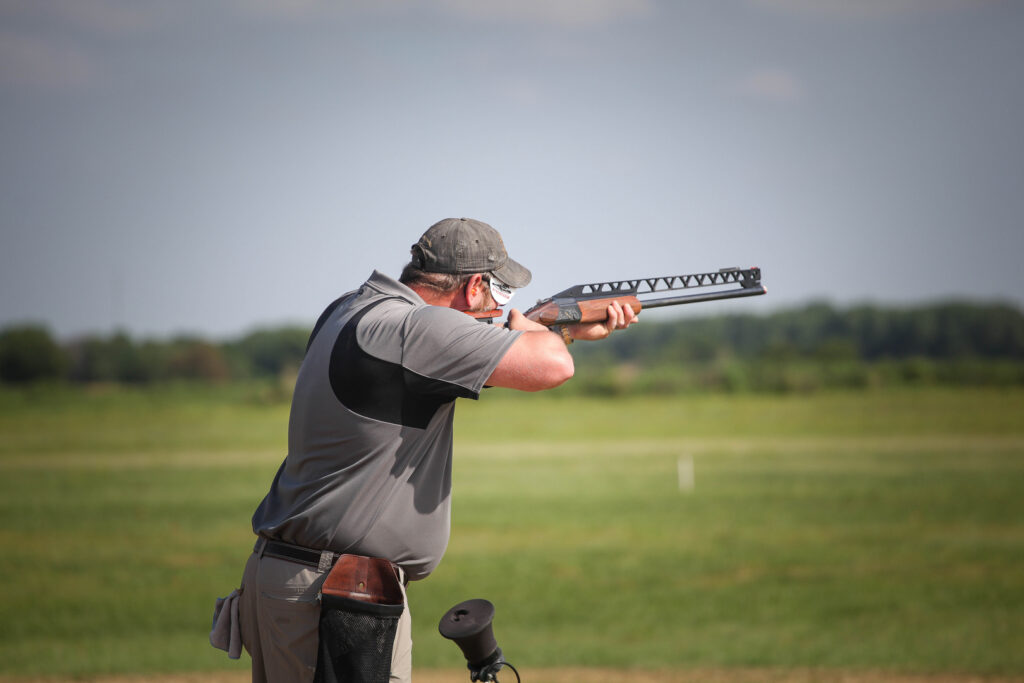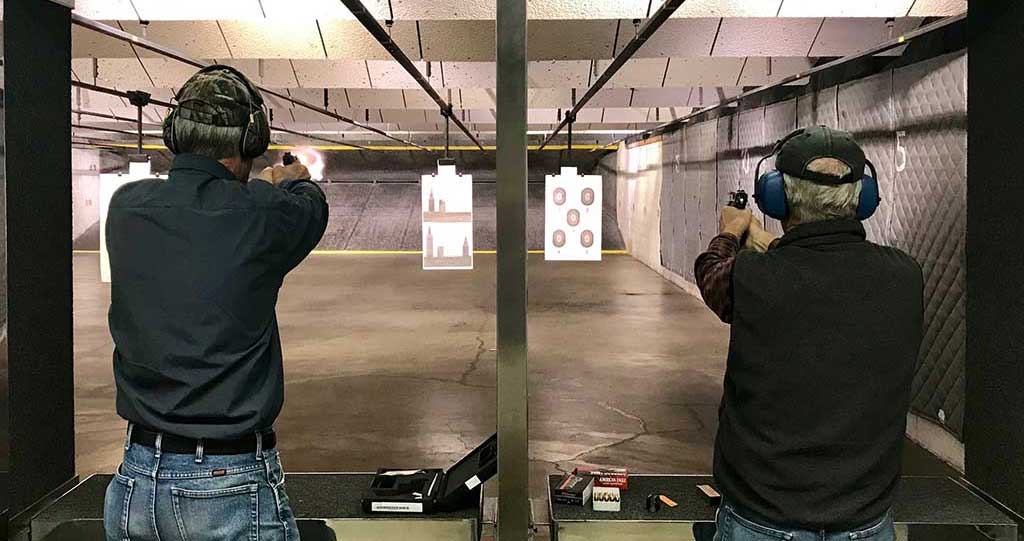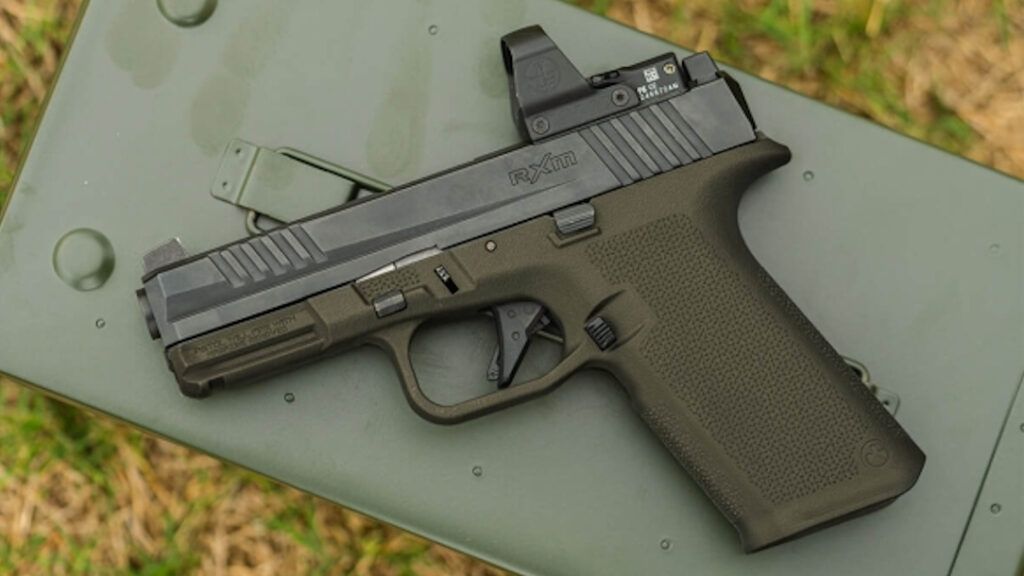Editor’s Note: This is part one of a three-part series on sighting options for your rifle. This first entry covers iron sights, the second part will touch on red dots and the third addresses rifle scopes. Stay tuned next week for part two and the following week for part three.
While the AR-15 (or “Modern Sporting Rifle”) continues to balloon in popularity for competition, hunting, and defense, there is one facet of it that does not seem to get that much attention: iron sights. Why is that? Many people who are enamored with the AR-15 are equally infatuated with optics. Whether it is magnified optics or red dots, both types of sights are tremendously popular compared to iron sights. So, with optics coming to the forefront of shooter preferences, why and when would someone want to still run iron sights? Fully knowing what a basic set of irons are capable of might be half the battle.
Always On
The misperception of iron sights might stem from the various upbringings we have all had with firearms. If you were introduced to guns as a child with a single-shot, bolt-action .22 Long Rifle with iron sights you likely progressed from there to bigger, better and more modern firearms. Other factions of shooters may have joined the arms bandwagon later in life and began with an AR-15 with an optic, or potentially a different scoped rifle. If you initially skipped over iron sights in your start with rifles, it would be admittedly difficult to regress back to “lesser” technology. Unfortunately for that aforementioned group, lacking a rudimentary understanding of iron sights means you’re missing a basic skill of marksmanship.
Advertisement — Continue Reading Below
When the conversation of “should you use iron sights” or at a minimum understand them comes up, I immediately think of Murphy’s Law: What can go wrong, will. Moreover, the technology in optics can fail. Whether it’s a battery dying or glass being irreparable damaged, if you have back-up iron sights you can always remain in the fight, hunt, or competitive event.
Old-School Rangefinding
So, removing the thought of Murphy’s Law from your mindset, why else should you understand and deploy iron sights? For one, the width of a mil-spec front sight post (FSP) can be used to measure the relative size and distance of objects. A mil-spec FSP such as the one present on the Springfield Armory SAINT AR-15 is 0.07” wide. Some fast math tells us that is loosely 3.2 mils at 100 meters.
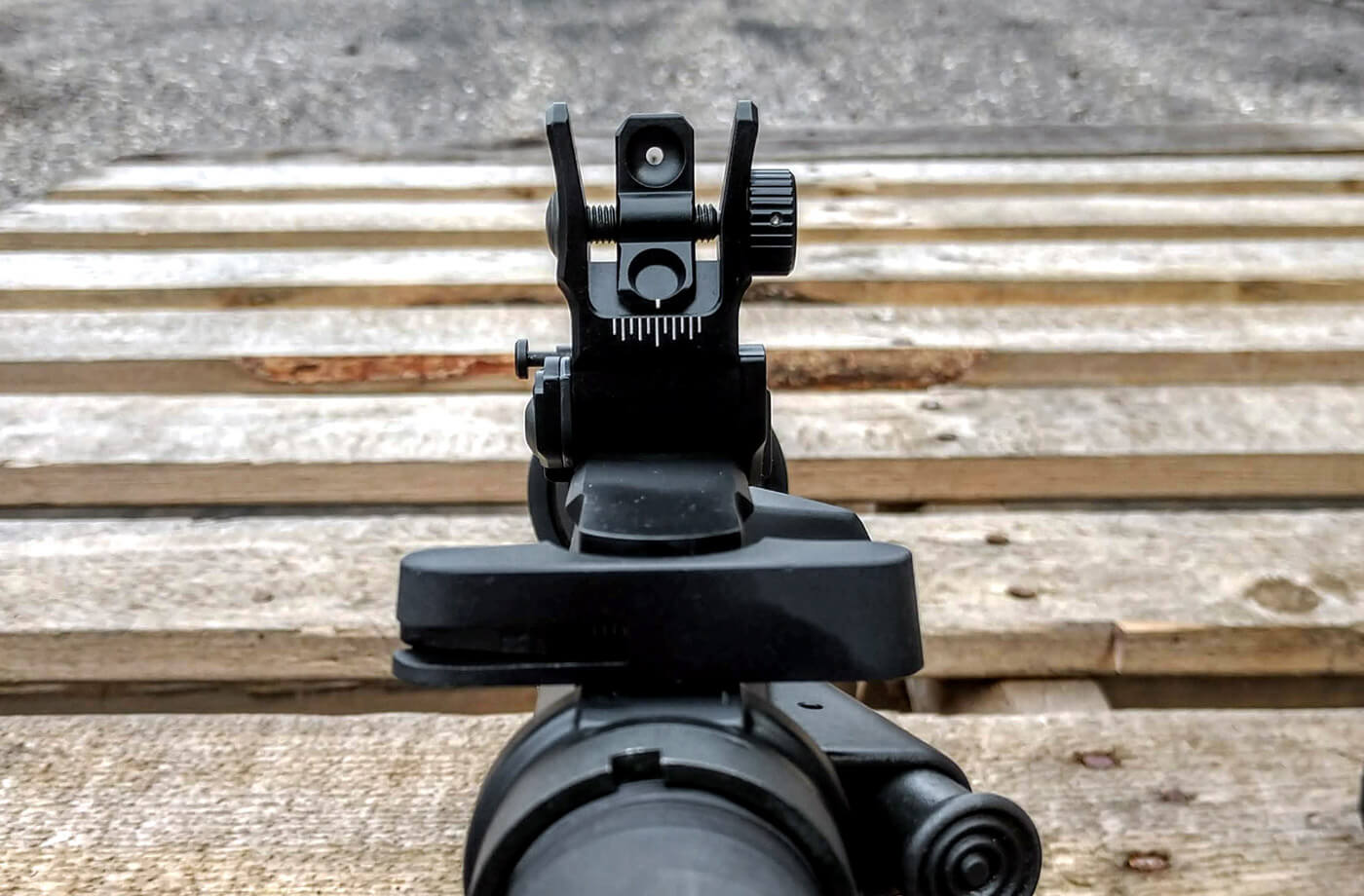
Advertisement — Continue Reading Below
The military teaches that a mil-spec FSP at 150 meters is the average width of a military-aged male’s torso (approximately 19” across). So, for example, if a whitetail deer is facing you straight on and your FSP completely covers the deer’s chest, that particular deer should be at loosely 150 meters. While this is a very primitive ranging technique, in the 21st century it’s great knowledge to keep tucked away in your mind. And it always works. No batteries to run out or glass to break.
